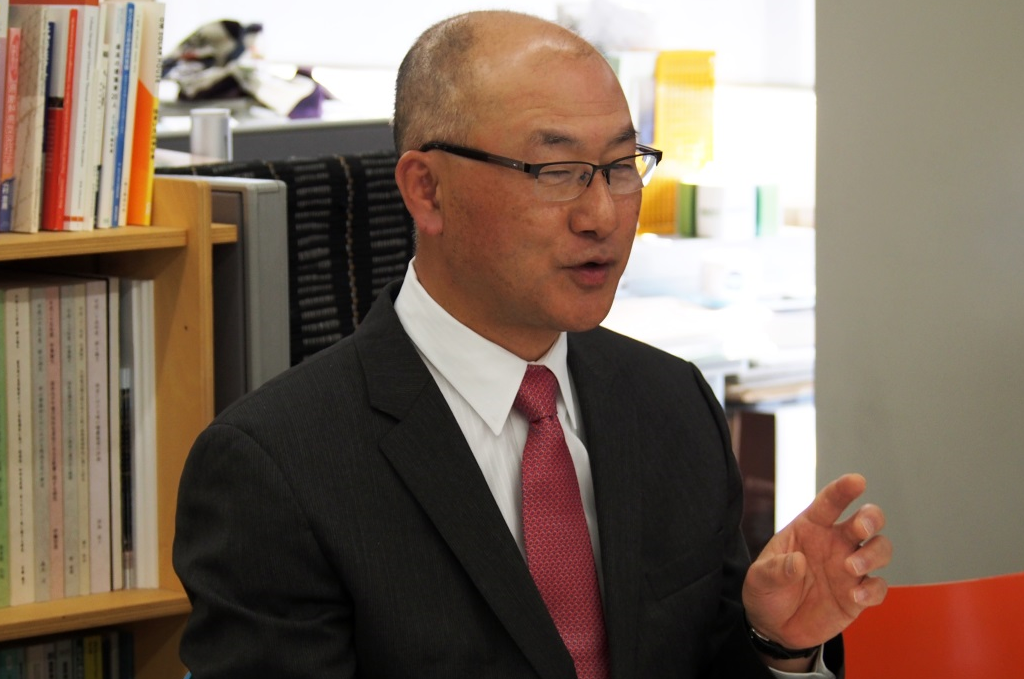Waseda Frontline Research Vol. 10 – 2: Saving Energy at Your Convenience (Part 2 of 2)
Mon, Apr 18, 2016-
Tags
Professor Shin-ichi Tanabe from the Faculty of Science and Engineering
The challenge towards zero-energy buildings (ZEB)
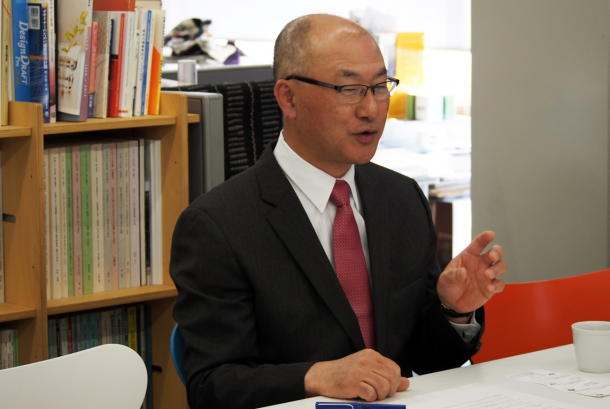
A rating system for energy efficiency performance will start based on Japan’s Building Energy Conservation Act, which came into effect in April 2016. The country has also made great efforts to bring in more zero-energy houses and buildings. We spoke for the second time with Professor Tanabe, who has been deeply involved in these measures regarding the future of energy efficiency in buildings.
Is energy technology for housing in Japan behind the times?
Japan is considered a major leader in energy conservation. Our technology is indeed cutting-edge, but in fact, the building envelope performance of our housing and other architectural structures is not necessarily advanced compared to other developed nations. Windows, walls, ceilings, and floors in houses are usually properly insulated or heat shielded, but in nearly 40% of all homes, this is not the case. Imagine pouring hot water from a highly efficient heater into a container full of holes. Wouldn’t you think to cover up the container’s holes first? The same principle applies to buildings. Of course, the devices we install in buildings are effective, such as LED lighting or air conditioning with high energy efficiency, but above all, the most important thing is to improve the performance of the building itself.
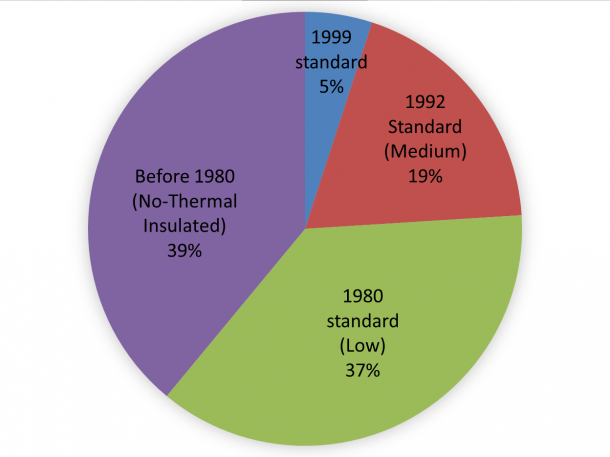
Figure 4: The distribution of residential building standards in Japan. About 40% of the homes were built according to the pre-1980 standards and, therefore, are not insulated. (Source: 2012 MLIT Estimated Data)
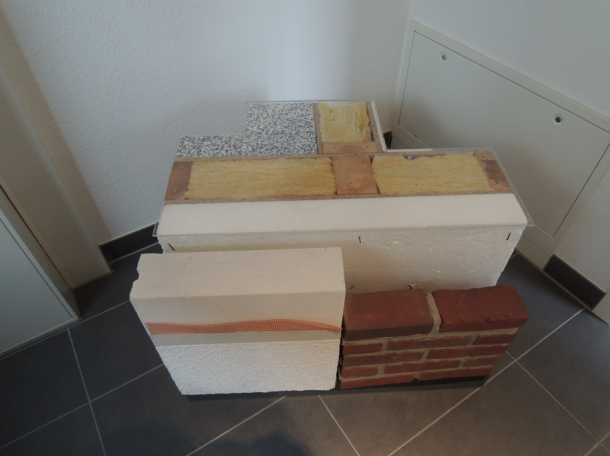
Figure 5: Simple and sturdy insulation structures in German housing
According to the fifth assessment report of the UN’s International Panel on Climate Change (IPCC), 32% of the world’s energy is consumed by homes and buildings, a figure that is predicted to rise even more. Once built, a building lasts for 50 years. In other words, the building envelope performance at the time of construction is locked in for 50 years, so we must improve future-oriented architectural technology. There will be fewer and fewer new residential facilities and other buildings in the future of Japan. At the same time, 65% of the economic growth in the next 20 years will occur in non-OECD countries in Asia, including India, where 70% of the buildings that will exist in 2030 have not yet been built. India and other Southeast Asian countries allow plenty of scope for architectural technologies of Japan to make a contribution, where summers are similarly also very hot and humid. Japan needs to refine the architectural technologies that raise environmental performance and actively turn them into an export industry.
Building environmental performance comparable to vehicle fuel economy
There are hopes that the tailwind behind this will be the Act on Improvement of Energy Consumption Performance of Buildings (Building Energy Conservation Act), which its first phase has been enacted in April 2016. This is a new law, separate from the previous Energy Saving Act, that targets buildings only. The law has introduced primary energy consumption as an indicator to comprehensively assess building envelope and equipment performance. While it may seem difficult to understand, the law stipulates that consumption performance must be visible in the same way as with vehicles. Buildings above a certain size will not be approved if the performance is poor. I served as chairman of this housing-building energy efficiency labeling system review committee.
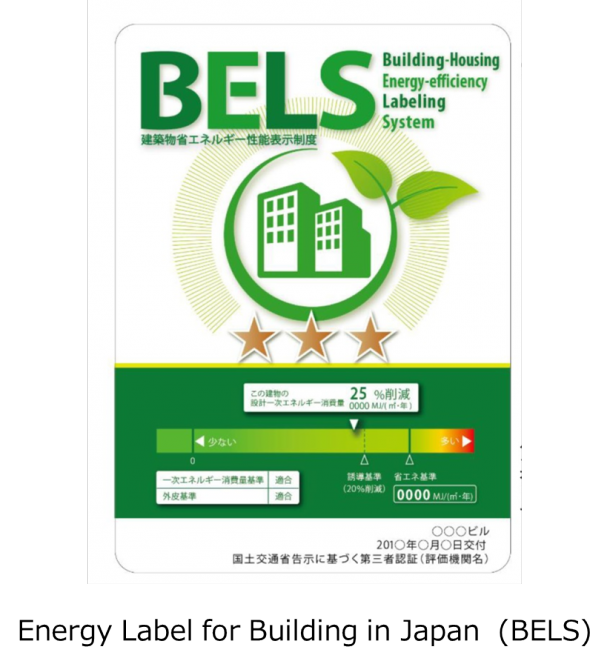
Figure 6: BELS (guideline-based third-party certification) and standards compliance certification logo mark (Source: Satoshi Ishizaka, Building Environment Office, Housing Production Division, Housing Bureau, MLIT)
Under the Building Energy Conservation Act, a standardized method of calculation will be used to assess the environmental performance of a building. Therefore, a requirement to acquire the basics of this calculation at university has emerged. Understanding what lies behind the calculation will become essential. After the second phase of the Building Energy Conservation Act which will be enacted in April 2017, new non-residential buildings of 2,000m2 or more will not be permitted unless they meet certain criteria. In Europe, it is obligatory to submit an energy saving label in real estate transactions. Similarly, if a linkage becomes established between environmental performance and property value, taking vehicle fuel efficiency for example, consumers will start to consider the building’s energy efficiency. Of course, the building’ consumption data since its operation will become important as well.
In the United States, the top 25% of buildings with the best energy efficiency performance are given permission to display the Energy Star mark, a logo mark also used for computers. There are even examples of public institutions with policies to only move into buildings which display this mark. Japan is also experiencing calls for environmental rationality in architectural design.
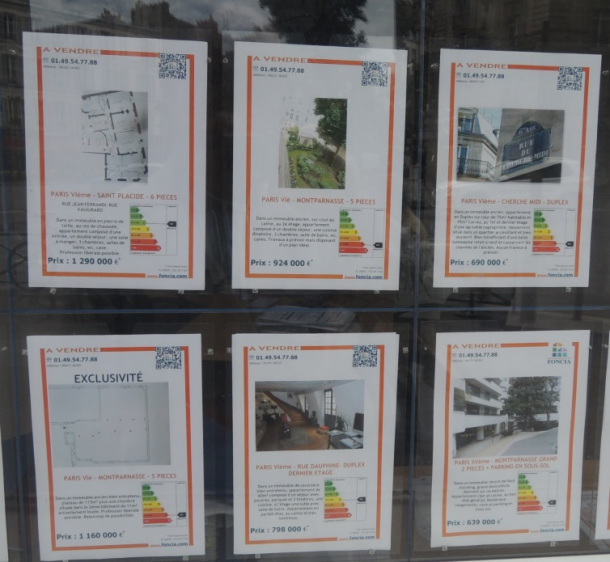
Figure 7: Real estate advertisements in France. Environmental performance is shown at the bottom right of each advertisement
Toward a society where zero-energy buildings are a standard
Some other future targets are net-zero energy houses (ZEH) and net-zero energy buildings (ZEB), which exhibit zero net primary energy consumption over the course of a year (zero difference between energy used and energy created). That is to say, we will have realized a fossil energy-free society in which people can live comfortably. The Basic Energy Plan also states that “we aim to make all newly built ordinary houses to be ZEHs by 2020, and the standard for all new buildings to be ZEH by 2030.” In Japan, about 10,000 ZEH houses have been built this year as a result of establishing definitions and roadmaps for ZEH and ZEB in 2015. However, this does not compare to the total of 80,000 ordinary houses built annually. Large corporations are already selling ZEH houses, but small-to-medium size community-based building contractors should also attempt joining the market.
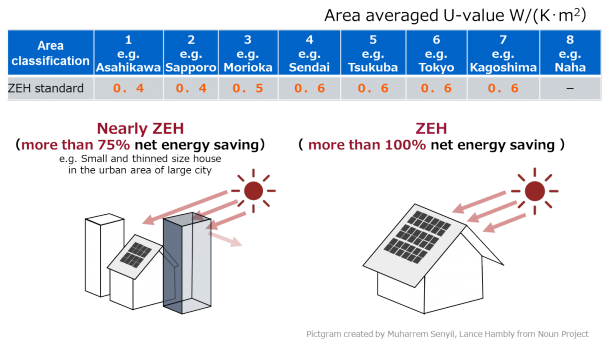
Figure 8: Definition and assessment of ZEH
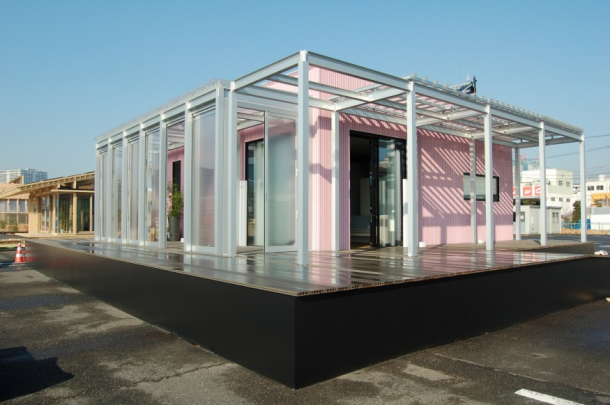
Figure 9(a): Nobi-Nobi House, Waseda University’s entry at “Ene-Mane House 2014: Houses of 2030,” a competition to construct and display model houses incorporating advanced ZEH technologies and new ZEH-driven lifestyles」
※Waseda University’s entry at Ene-Mane House 2014: Houses of 2030
※Nobi-Nobi House
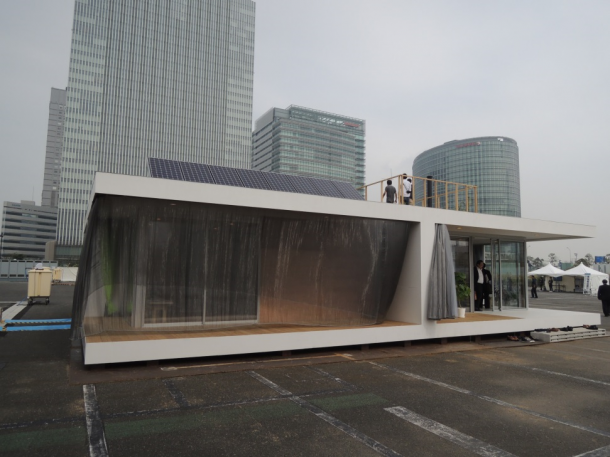
Figure 9(b): Waseda Live House, first prize winner at “Ene-Mane House 2015: Energy, Life, Asia
※Ene-Mane House 2015: Energy, Life, Asia
※Waseda Live House
Raising environmental awareness among corporate tenants is necessary for ZEB since it does not reflect an individual’s intent as much as ZEH can. In the United States, Apple Inc. is currently constructing a ZEB for its new head office. Stanford University is also building a new ZEB on its campus. Now that these terms have been clearly established in Japan as well, I hope to see the construction of school buildings at Waseda University and elsewhere be ZEB ready, nearly ZEB, and so on.
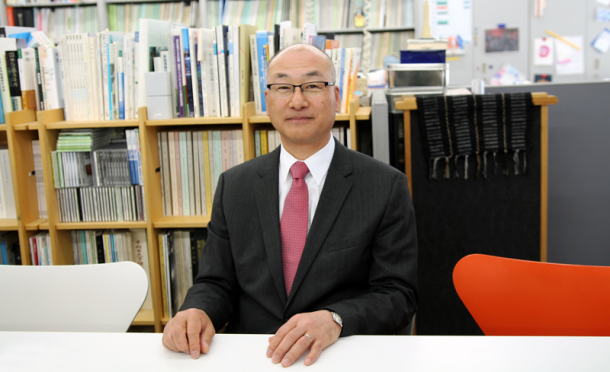
Photo: Professor Shin-ichi Tanabe at his laboratory. He seemed to enjoy speaking to us about the research during our visit.
Energy conservation as the second fuel: a richer lifestyle through EMS
In April 2015, the government presented the energy mix vision it plans to achieve by 2030, including the target of “implementing 20% renewable energy while saving 17% energy consumption.” Interestingly, as energy consumption in the industry and transportation sectors falls, consumption in the housing and building sector is rising and currently accounts for a third of the total consumption. The housing and building sector must make efforts to account for half of the 17% energy conservation target. This is quite challenging, but we will simply have to try our best.
Japan is currently in a phase where it must change its stance on energy. We must enrich our lives while reducing energy consumption. Energy efficiency is known as the “second fuel,” and, by implementing renewable energy alongside with promoting CO2 reduction, we aim for reaching the target of “reducing energy consumption 26% below 2013 by 2030” proposed by Japan at COP 21 at the 21st United Nations Framework Convention on Climate Change (UNFCCC). Renewable energy means dealing with nature, and so we need an energy management system (EMS) to utilize energy well while storing and controlling it in case of fluctuations in nature. Where there is not only one home or building but many grouped together in communities or urban areas, how can we be flexible about distributing, storing, and utilizing energy? I think research across the fields of electric power, architecture, and machinery will become the new frontier in the future. Japan has a culture of sharing, so it would be ideal if such an accommodating system could flourish in the area of energy as well.
☞Click here for volume 1
Profile
 Professor Shin-ichi Tanabe
Professor Shin-ichi Tanabe
Professor Tanabe graduated from Waseda University’s Department of Architecture, School of Science and Engineering in 1982 and then from the Graduate School of Science and Engineering in 1984. He holds a PhD in engineering. He was a researcher at the Laboratory of Heating and Air Conditioning at the Technical University of Denmark from 1984 to 1986 and named assistant professor at the School of Science and Engineering at Waseda University in 1986. He served as a full-time lecturer at Ochanomizu University’s Faculty of Home Economics from 1988 and became an associate professor at the Faculty of Human Life and Environmental Sciences from 1992. He was also a visiting scholar at the University of California, Berkeley from 1992 to 1993. He returned to Waseda as an associate professor in the Department of Architecture, School of Science and Engineering, from 1999 and later professor in the same department. He was appointed professor in the Department of Architecture, School of Creative Science and Engineering, Faculty of Science and Engineering, Waseda University in 2007 due to reorganization. His current non-academic positions include Chair of the Japanese Association of Building Mechanical and Electrical Engineers, Vice President of the Architectural Institute of Japan, Chair of the Environmental Council and Tokyo Metropolitan Government among others.
Achievements
Research
- S. Tanabe, M. Haneda and N. Nishihara, “Workplace productivity and individual thermal satisfaction”, Building and Environment, 91, 42-50 (2015).
- N. Nishihara, P. Wargocki and S. Tanabe, “Cerebral blood flow, fatigue, mental effort, and task performance in offices with two different pollution loads”, Building and Environment, 71, 153-164 (2014).
- R.J. De Dear, T. Akimoto, E.A. Arens, G. Brager, C. Candido, K.W.D. Cheong, B. Li, N. Nishihara, S.C. Sekhar, S. Tanabe, J. Toftum, H. Zhang and Y. Zhu, “Progress in thermal comfort research over the last twenty years”, Indoor Air, 23(6), 442-461 (2013).
- S. Tanabe, Y. Iwahashi, S. Tsushima and N. Nishihara, “Thermal comfort and productivity in offices under mandatory electricity savings after the Great East Japan earthquake”, Architectural Science Review, 56(1), 4-13 (2013).
- Y. Kobayashi and S. Tanabe, “Development of JOS-2 human thermoregulation model with detailed vascular system”, Building and Environment, 66, 1-10 (2013).
Publications (available in Japanese only)


